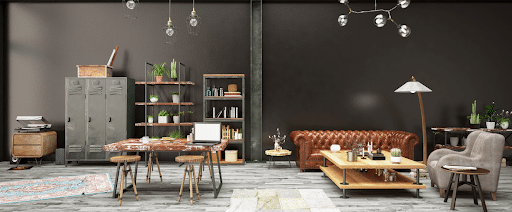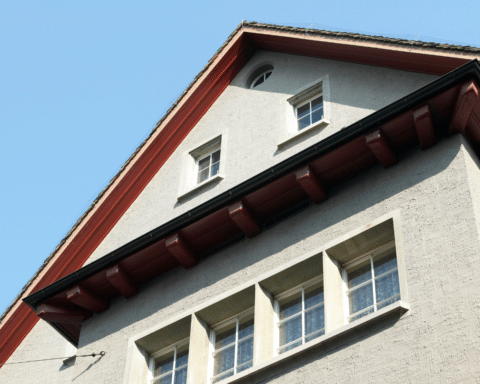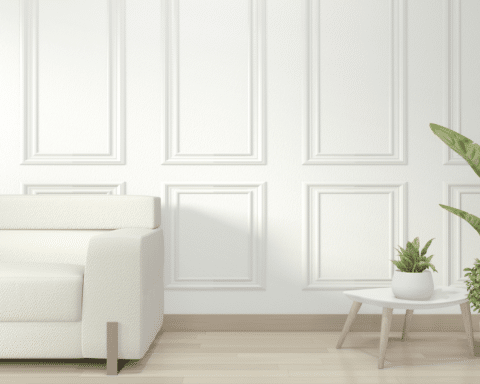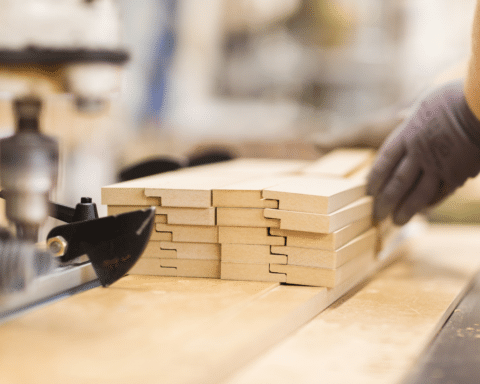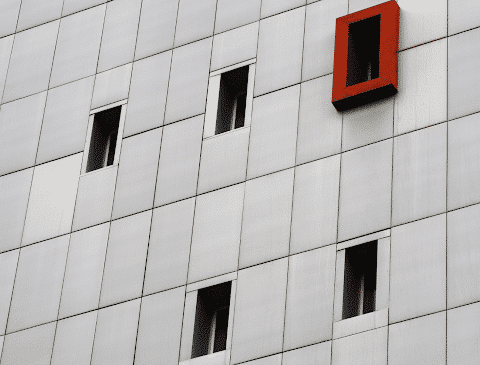Metal walls are no longer limited to the industrial realm; they have become a trendy and functional design solution for both residential and commercial spaces. Their versatility, durability, and sustainability make them a sought-after material in contemporary design.
Understanding the Basics of Metal Walls
The concept of metal walls revolves around the use of metal materials, predominantly steel and aluminum, to create aesthetically pleasing and highly functional walls for a variety of residential and commercial building applications. From a technical perspective, a metal wall panel system is an assembly of carefully engineered components, including the core metal panels, supporting frames, insulation materials, and various fastening, sealing, and finishing elements.
The performance and durability of the entire structure hinge on the roles played by each component. Metal panels, for example, provide the structural strength for the walls, insulation materials enhance energy efficiency, and precision fastening systems guarantee weatherproofing and seamless assembly. Finally, finishing elements like laser-cut designs or unique color and texture options add to the aesthetic appeal of the metal wall.
To make informed decisions and maximize their effectiveness in various environments, it is essential to grasp the fundamental classification and benefits of metal walls before their application.
Types of Metal Walls
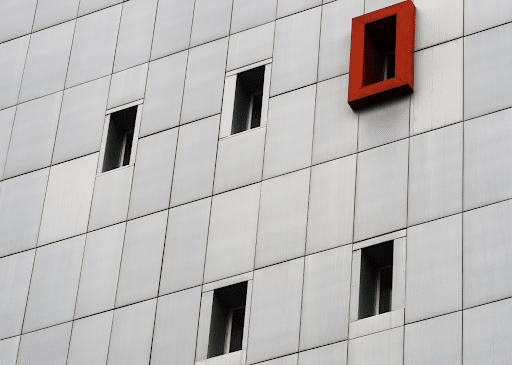
A diverse selection of metal wall panel systems is available to meet various design and performance needs. The most commonly used types include:
- Insulated Metal Panels: These panels consist of foam insulation sandwiched between two metal skins, providing exceptional thermal efficiency and noise reduction properties. They are ideally suited for exterior applications.
- Metal Composite Material (MCM) Panels: MCM panels feature two thin sheets of metal enclosing a polyethylene or mineral-filled core. These panels, whether they’re used for wall cladding or accent metal walls, exhibit excellent strength-to-weight ratio and design flexibility.
- Corrugated Metal Panels: With their distinctive wavy profile, these panels lend an industrial chic feel to any space and are often used for both roof and wall applications. Their rigid structure also allows for a high load-bearing capacity.
- Standing Seam Metal Panels: Utilized prominently in premium roofing systems, they can also serve as vertical wall panels, offering a sleek, modern look with hidden fasteners for added aesthetic appeal.
The Advantages of Using Metal Walls
Metal walls offer a series of tangible benefits, thanks to their inherent properties and the advancements in tech machinery and fabrication techniques, including:
- Durability: Metal walls are exceptionally resilient and capable of withstanding harsh weather conditions while resisting rust and color fading. As a result, they tend to have longer lifespans compared to other building materials.
- Ease of Installation: Thanks to modular assembly designs, metal wall panel systems can be quickly installed, reducing labor costs and project timelines.
- Maintenance: With anti-corrosion finishes and easy-to-clean surfaces, metal wall maintenance is minimal.
- Design Flexibility: Given a broad range of finish options, including perforated metal, laser cut designs, and a plethora of colors and textures, metal walls offer immense design flexibility.
Exploring the Aesthetics of Metal Walls in Modern Design
Metal walls have evolved to become more than just a structural solution. With the right finish options and design considerations, they can significantly enhance the aesthetics of any space, reflecting modern design elements like minimalism and industrial chic.
Role of Metal Walls in Industrial and Minimalist Design
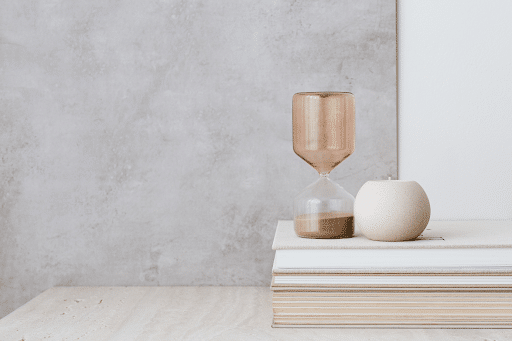
Metal wall panels, particularly those with raw finishes and distinct profiles like corrugated metal, have been instrumental in the rise of the industrial design trend. Their potent ability to evoke an atmosphere of rugged elegance is often leveraged in lofts, cafes, and contemporary offices.
In the realm of minimalist design, sleek metal wall panel systems featuring flat profiles and muted tones embody the “less is more” ethos. Their clean lines and uncluttered designs work to highlight the architectural form and promote a sense of calm and simplicity.
Combination with Other Materials – Wood, Glass, and Stone
Pairing metal walls with other materials can further accentuate their aesthetic appeal. For instance, the warm, natural texture of wood juxtaposed with the sleek metal panels creates a striking visual contrast that oozes contemporary sophistication. Likewise, combining metal with glass invites an abundance of natural light, creating an airy, open ambiance. The integration of stone, on the other hand, adds a timeless, rustic charm that complements the modernity of metal.
Recent Design Trends in Metal Walls
Recent design trends in metal walls have been driven by continuous innovation and changing aesthetic preferences. Notable trends include:
- Mixed Material Applications: The combination of different types of panels – like a mix of standing seam and MCM panels, has gained popularity for creating eye-catching visual dynamics.
- Color Trends: More designers are experimenting with bold, vibrant color schemes in metal wall panel systems, moving well beyond the standard silvers, grays, and blacks.
- Texture Exploration: Embossed, weathered, and hammered finishes represent a wave of unique textures lending tactile interest and personality to metal walls.
Practical Applications of Metal Walls in Different Spaces
Metal wall panels have become increasingly popular for their aesthetic appeal and notable versatility. Let’s explore the use of metal walls in residential applications.
Residential Uses – from Bedrooms to Outdoor Decks
At home, the practical application of metal walls extends far beyond the traditional realm of roofing or exterior cladding. Whether it’s a dramatic accent metal wall in the living room, a sleek and modern kitchen backsplash, or industrial-style metal wainscoting in the bedroom, metal panels provide a distinctive styling element that easily adapts to any interior decor theme.
Aside from the inherent style factor, metal panels used as interior siding also offer an easy-to-maintain solution, especially in high-traffic areas. This could include children’s rooms, hallways, or even laundry rooms, where the durability of metal stands up to constant wear and tear.
In outdoor living spaces like decks and patios, exterior wall cladding made of metal lends itself to both contemporary and rustic design schemes. Corrugated metal deck walls or privacy screens are not just visually intriguing but also provide a sturdy and low-maintenance option.
Expert Insights from High Performance Home
If you’re looking for more insights into home innovation, look to High Performance Home. From ways to enhance your space with quality acoustic panels for improved sound to personalized bathroom wall services, we offer unique and creative wall covering ideas. Our expertise extends to plaster and stucco wall finishes for your home, exclusive kitchen wall covering and design services, and captivating living room wall decor and design. Visit our website to delve into the latest trends in home design, explore insightful blogs, and join our mission to connect stakeholders in the home industry, fostering performance and development.
Frequently Asked Questions
What are metal wall panels called?
Metal wall panels are commonly referred to as metal cladding, metal siding, or architectural metal panels.
Can you use metal for interior walls?
Yes, metal can be used for interior walls and is often chosen for its modern aesthetic, durability, and ease of maintenance.
Plaster and stucco, prized for their distinctive aesthetic appeal, offer natural and sustainable solutions for both exterior and interior walls. Plaster, composed
Read More →Enhancing the aesthetic appeal of your living spaces goes beyond choosing the right furniture or color scheme; it often lies in the
Read More →Embarking on a journey to redefine your living spaces involves making informed choices, especially when it comes to elements like walls. In
Read More →Are you ready to elevate your home decor effortlessly? Consider the transformative power of 3D wall panels. These dimensional decorations offer a
Read More →
